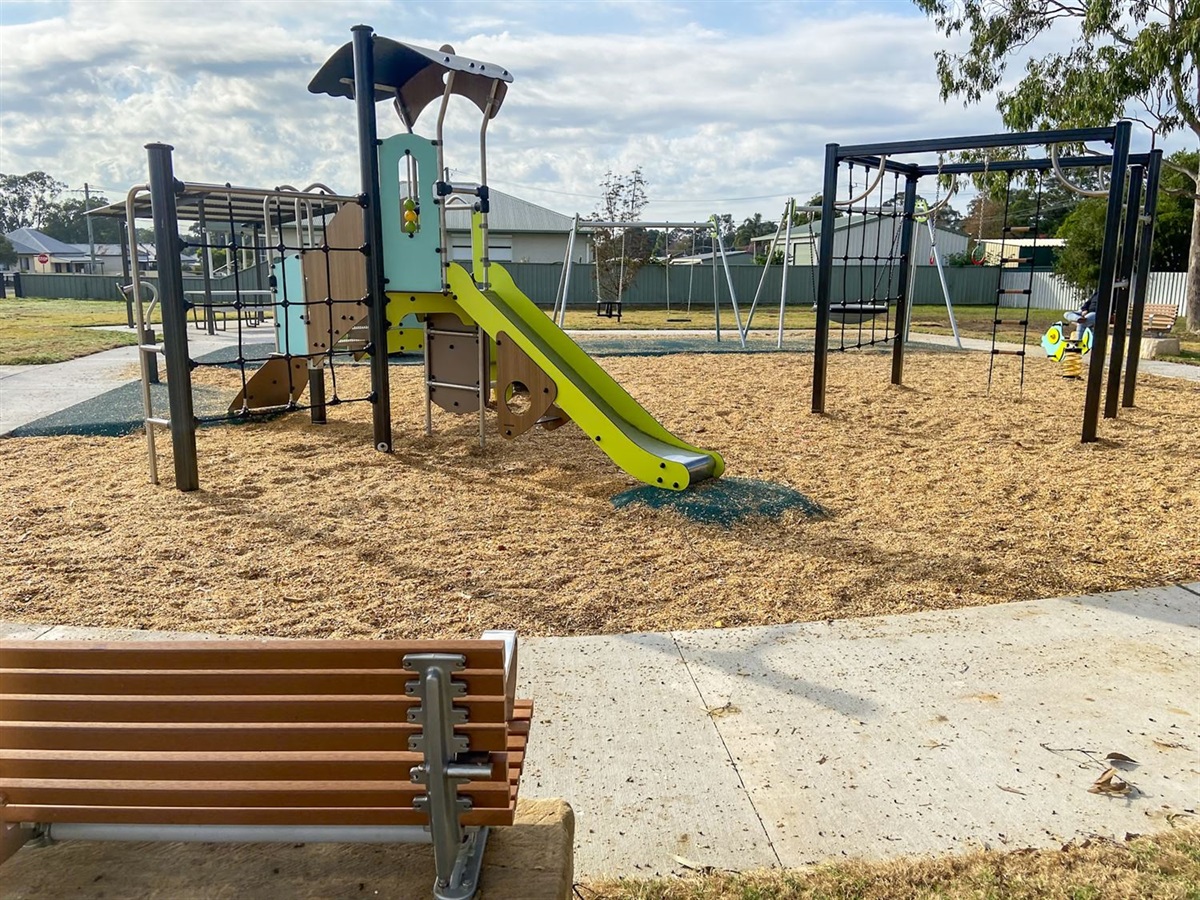The continuing severity of the drought has been reflected in the reduced, low or no water allocations for most NSW licensed regulated river water users announced today.
Water sources subject to temporary water restrictions for carry-over water include Upper and Lower Namoi, NSW Border Rivers, Lachlan and Macquarie. The current water restriction in the Lower Darling has been extended and amended.
Michael Wrathall, Water Drought Coordinator, NSW Department of Planning, Industry and Environment, said the worsening drought has seen record low inflows to several inland NSW river valleys.
“Over the last two years, many rivers have dropped to their lowest flows since records began over 100 years ago. In some valleys, especially in the Northern Basin, the water is simply not there to deliver to farmers, irrigators and industry.
“This has been caused by persistently low inland rainfall, particularly over the winter months, combined with high temperatures which have dried out the landscape. Most storages remain at low or critically low levels, resulting in small or zero allocations for many licensed water users,” Mr Wrathall said.
“We are focussing on extending water for critical human water needs, restarting flow in the rivers, and meeting other high priority water needs where possible. As a result, a number of inland river valleys are now subject to temporary water restrictions under section 324 of the Water Management Act 2000.
“The good news in the south is that all high security and remaining general security account water in the Murrumbidgee and NSW Murray rivers are assured.”
Mr Wrathall said, “Total storage levels for WaterNSW operated dams in regional NSW are about 5,300 gigalitres, which is 30 per cent of total storage capacity. This is about 23 per cent lower than this time last year.
“Despite the announcement of water allocations, the actual delivery of water will, in most instances, depend on future tributary flows or dam inflows, and water orders may need to be rescheduled in the absence of this water. Water users are advised to check delivery constraints prior to making a water order.
“This year, water allocations prioritise critical human needs. The department recognises the importance of certainty for forward planning and has been working hard to minimise any restrictions and provide information in advance.
“The decision to implement water restrictions on carry over is a last resort, but the only way that remaining supplies can be protected for critical needs.
“As surface water resources have dwindled, water users have been depending on ground or bore water. Groundwater allocations in some systems have been reduced for the 2019-20 water year to protect against unsustainable extraction,” Mr Wrathall said.
“Over the last three months we have been working hard to make sure communities, farmers, councils, mines and other businesses in drought-affected valleys are aware of how the drought will impact water allocations this year.
“In May and June I spoke at 15 public sessions in drought impacted regions, providing an update on water availability, groundwater and the proposed measures to help manage our river systems if dry conditions persist.
“The department will work closely with WaterNSW and monitor the situation, and continue to advise communities on water availability,” Mr Wrathall said.







